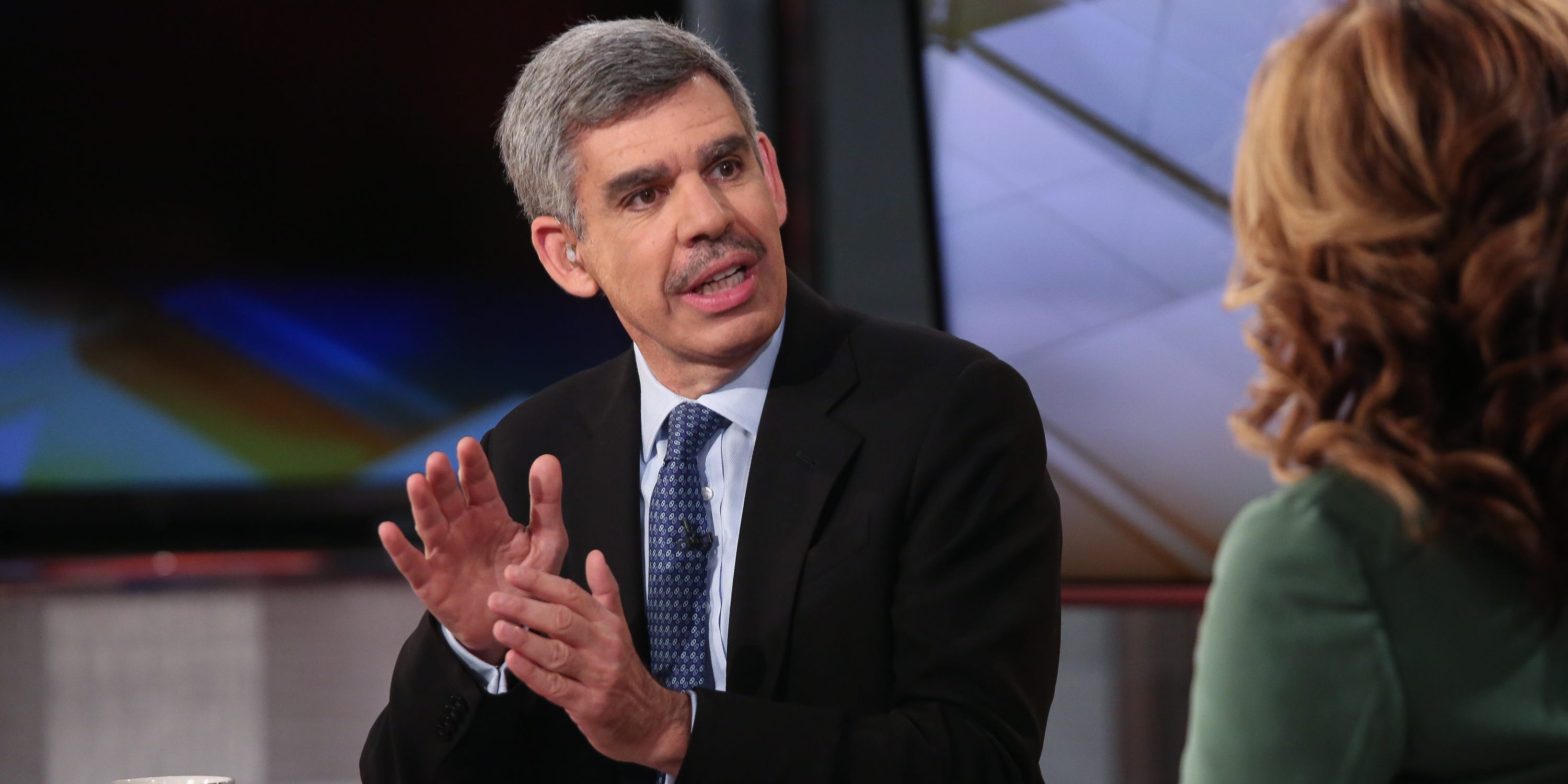The Fed making “stop-go” moves in raising interest rates would be a major policy error, economist Mohamed El-Erian told Bloomberg. The notion of a “Fed pause” has gained footing among equity investors in recent weeks. The best investors can hope for is a “soft-ish” landing for the US economy, he said. Loading Something is loading.
The US stock market snapped its longest run of weekly declines in two decades in part as investors latched onto hopes the Federal Reserve may ease up on hiking rates in the face of new economic data — but ‘stop-go’ moves by the central bank would be a significant policy error for the world’s largest economy, famed economist Mohamed El-Erian told Bloomberg.
The Federal Open Market Committee later this month will walk into its meeting with indications that US inflation is cooling. Among them, the core Personal Consumption Expenditures Index – the Fed’s preferred inflation gauge – rose to 4.9% in April, easing from March’s 5.2% print. Stocks climbed Friday after the report, highlighting investor hopes that the Fed might not be so hawkish in raising rates.
Policy makers are tightening rates into a slowing economy when they should have started hiking nine months ago to put the economy in a position for a so-called soft landing, or a slowdown in activity that skirts a recession , El-Erian told Bloomberg in an interview on Friday.
“So the best you can hope for right now is a soft-ish landing. What’s the probability of that happening? Not as high as I would like it to be,” the Allianz adviser said. “I think the Fed is going to have to decide between two policy mistakes: hit the brakes too hard and risk a recession or tap the brakes in a stop-go pattern … and risk having inflation well into 2023.”
The most recent consumer price inflation report for April produced a headline reading of 8.3%, down from 8.5% in March but inflation was still sticking around 40-year highs. Gross domestic product shrank by 1.5% in the first quarter, worse than initially estimated by the Commerce Department.
The S&P 500 this week snapped an eight-week streak of declines, the longest losing run since 2001. The gains were partially spurred by minutes from the Federal Open Market Committee’s March meeting.
Moving quickly on rates would leave the FOMC “well-positioned later this year to assess the effects of policy firming and the extent to which economic developments warranted policy adjustments,” they said.
The Fed halting its cycle of rate hikes in September would be an example of the central bank moving in a stop-go pattern, said El-Erian. Goldman Sachs said this week said the sell-off in stocks could find a bottom if the Fed indicates it’s ready to stop tightening monetary policy, and the idea of a “Fed pause” has been held up by other voices on Wall Street.
This week, global equity funds experienced their largest inflows in 10 weeks and a “summer rally bandwagon [is] growing,” Bank of America said Friday. Bond tracker EPFR said US equity funds experienced their biggest inflows since the second week of March. Retail investors were buying into the stock market’s downturn despite a 32% decline in the value of their portfolios, Vanda Research said this week.
“Clearly there are people who are finding bargains and there are single-name bargains,” said El-Erian. An upside technical reaction to a run of weekly losses is understandable, he said.
“What I don’t understand is the notion that suddenly the Fed will be able to hike twice and then take it easy and pause. The only reason, as I said earlier that happens, is if demand collapses. And if demand collapses, equities are not going to do well.”
He outpointed the slide in stocks last week after retail heavyweight Target missed quarterly earnings expectations as inflationary pressures contributed to slashing its profit by 52%.
“[Target] announced that they were being impacted not just on the cost side but also on the revenue side because of high inflation,” he said. “And the last thing this equity market needs right now are further concerns about earnings.”
